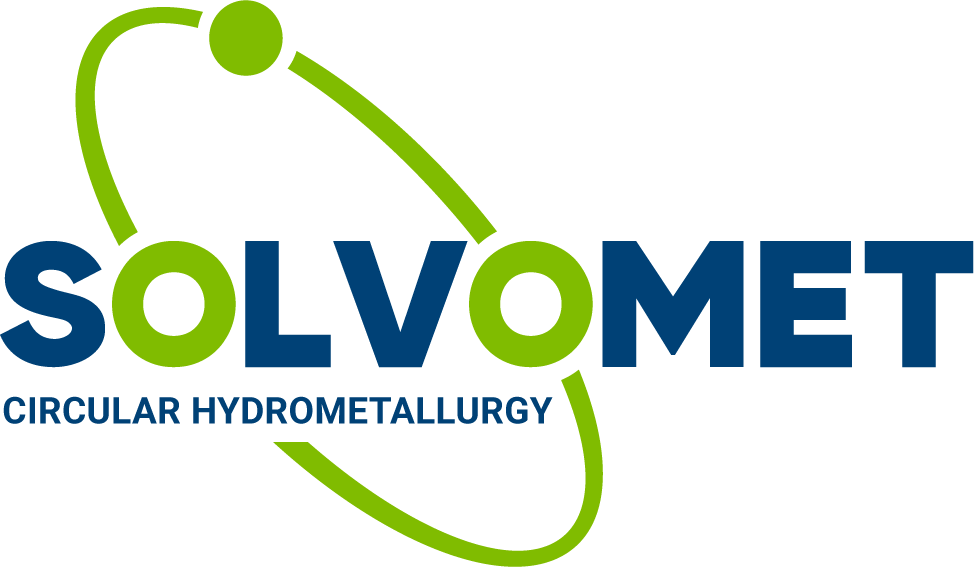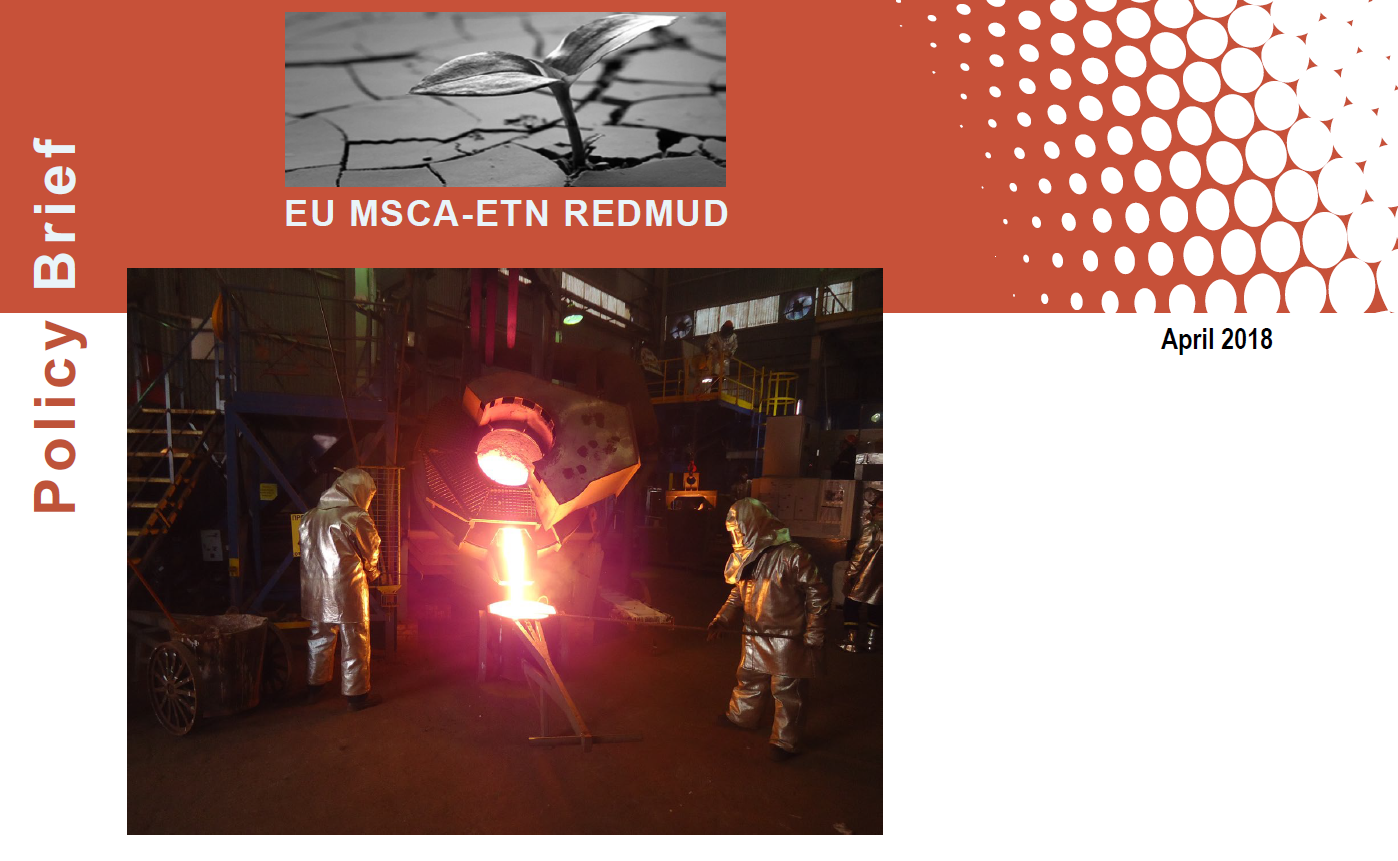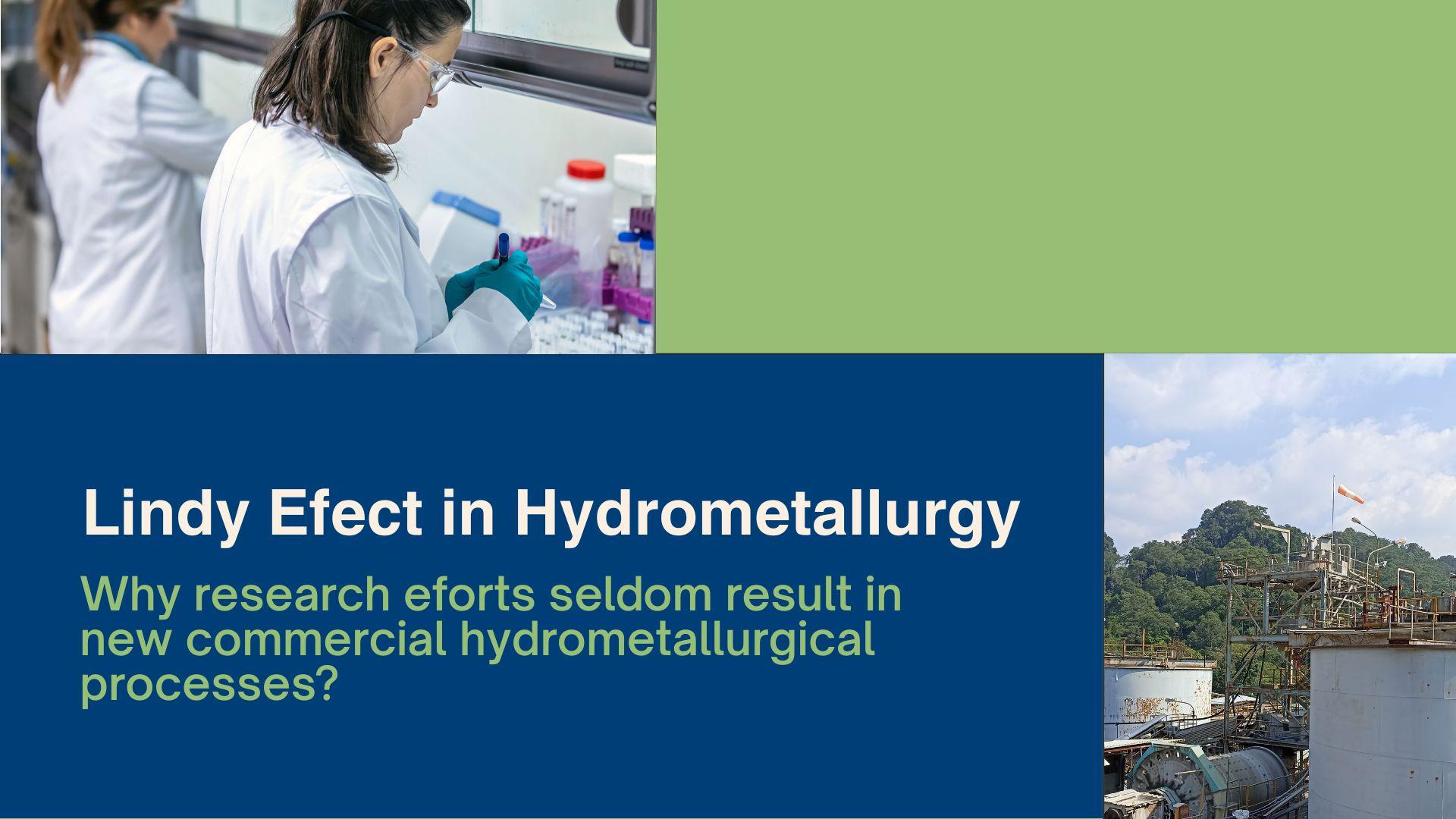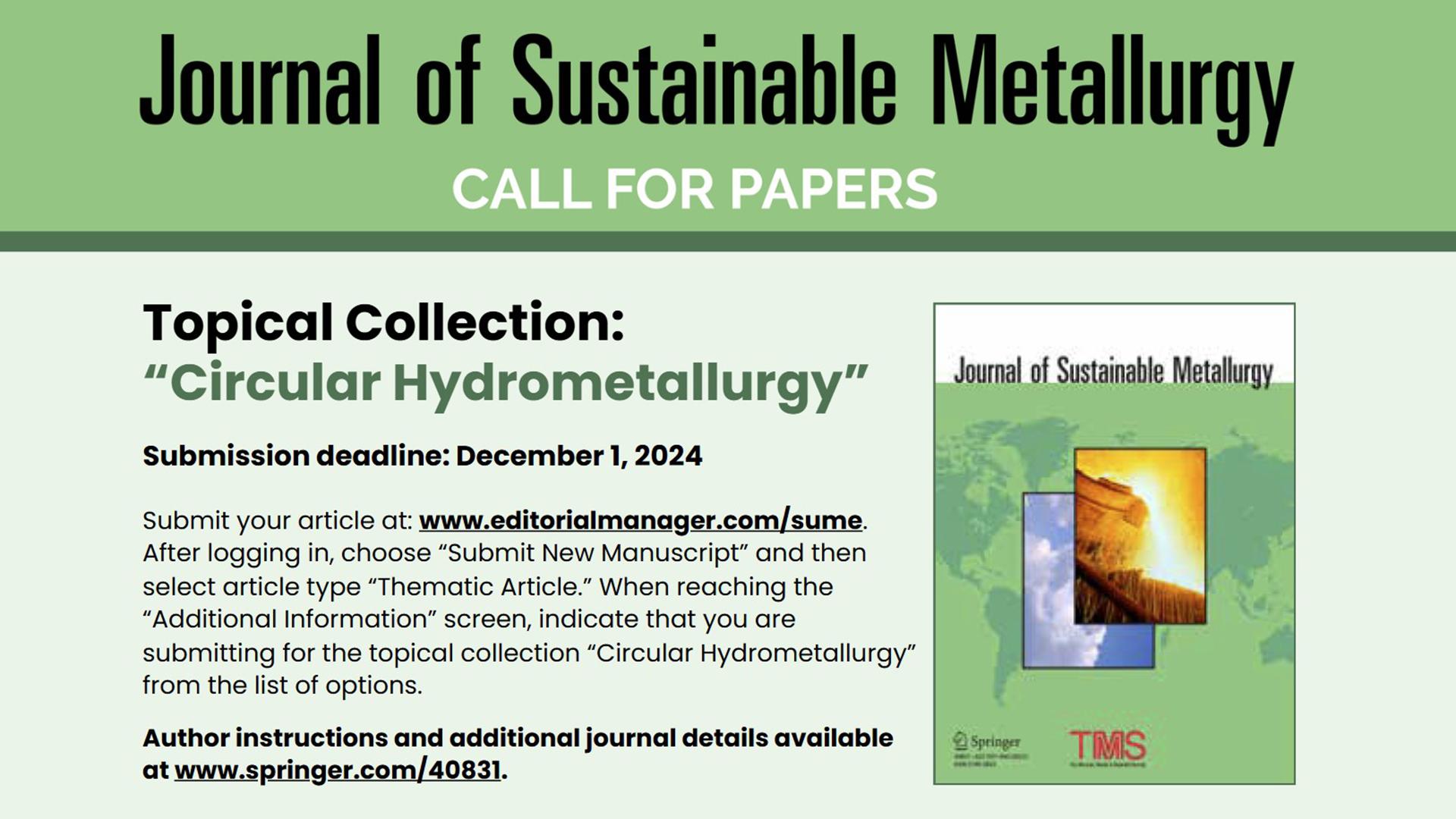Could “red mud” be the answer to some of Europe’s critical-metal supply concerns? That’s the central question addressed in the April 2016 EU MSCA-ETN REDMUD Policy Brief, authored by one of Europe’s finest red mud experts, i.e. Dr. Thymis Baleomenos (Aluminium of Greece). (Leuven, 18-4-2018)
The answers to the current raw-material supply challenges being faced by Europe lie in technological innovations that increase the efficiency of resource utilisation and allow the exploitation of yet untapped resources, such as industrial waste streams and metallurgical by-products. One of the key industrial residues that is currently not or only poorly valorised is bauxite residue (BR, more commonly known as “red mud”) from alumina refineries.
 In 2016 the European alumina and primary-aluminium industries utilised about 12 million tonnes of bauxite to produce about 7 million tons of alumina (out of the 115 million tonnes produced worldwide), and imported an additional 4 million tonnes of alumina to produce about 4 million tonnes of primary aluminium (out of the 59 million tonnes produced worldwide).
In 2016 the European alumina and primary-aluminium industries utilised about 12 million tonnes of bauxite to produce about 7 million tons of alumina (out of the 115 million tonnes produced worldwide), and imported an additional 4 million tonnes of alumina to produce about 4 million tonnes of primary aluminium (out of the 59 million tonnes produced worldwide).
A number of processes have been proposed, but never implemented, for the simultaneous recovery of the major metals from bauxite residue (towards “zero waste” objective). Despite the lab-scale success of much of the work so far the industrial utilization of BR is estimated at just 2-4 million tonnes, accounting for less than 2.5% of the annual BR production.
The main barriers to applying any solution for the valorisation of BR are the techno-economic viability of the solution and the legislative environment. To change this, environmental policy actions are needed, to provide incentives for industrial symbiosis and simplify the waste-transfer or waste de-characterisation process across Europe.
Download REDMUD Brief April 2016 here.
Key info Policy Brief REDMUD, April 2018
- Author: Dr. Thymis Baleomenos (Mytilineos S.A.- Aluminium of Greece)
- Project website REDMUD: http://etn.redmud.org
- Design: sciencewriter.si
- Acknowledgements: This project has received funding from the European Union’s EU Framework Programme for Research and Innovation Horizon 2020 under Grant Agreement No 636876
- Disclaimer: the views expressed in this article are the private views of the author and may not, under any circumstances, be interpreted as stating an official position of ETN REDMUD or SIM² KU Leuven.
Read more about similar issues in our associated Policy Briefs:
- NEW-MINE Policy Brief on Enhanced Landfill Mining
- SOCRATES/METGROW+ Policy Brief on the Social License to Operate for reprocessing of industrial process residues

Thymis Baleomenos
Bio author: Dr. Efthymios Balomenos studied mining and metallurgical engineering at the National Technical University of Athens and received his PhD degree in thermodynamics from the same school in 2006. Since 2008 he has been working in the Laboratory of Metallurgy as a postdoc researcher focusing on sustainable process development, CO2-mitigation strategies, exergy analysis and resource-utilisation efficiency. He has been involved in the coordination and research management of several European Research projects under FP7 and H2020. He has 25 publications in peer-reviewed journals and books with over 180 citations (h-index 8). The majority of these publications relate in one way or another to the field of bauxite-residue treatment. Since 2015 he has been employed in Mytilineos S.A.- Aluminium of Greece as residue-valorisation engineer and represents Mytilineos at the European Aluminium Innovation Hub.
